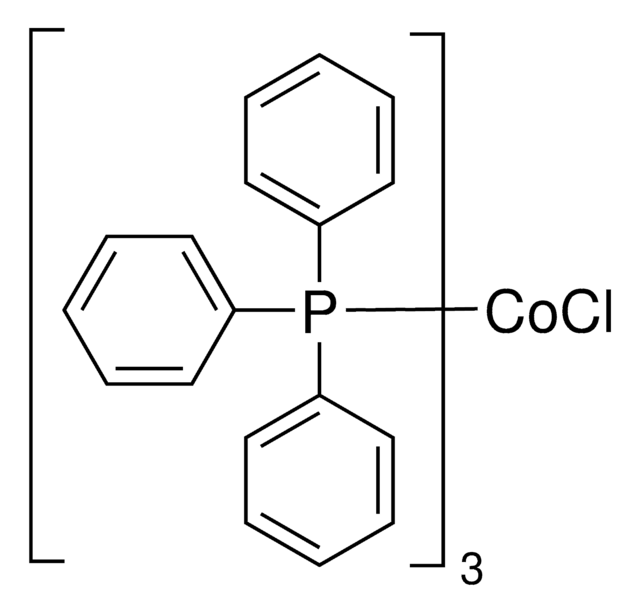399957
Cobalt(II) tetrafluoroborate hexahydrate
99%
Synonym(s):
Cobaltous tetrafluoroborate
About This Item
Recommended Products
assay
99%
form
crystalline
SMILES string
O.O.O.O.O.O.[Co++].F[B-](F)(F)F.F[B-](F)(F)F
InChI
1S/2BF4.Co.6H2O/c2*2-1(3,4)5;;;;;;;/h;;;6*1H2/q2*-1;+2;;;;;;
InChI key
KQHRHDAVLSRYNA-UHFFFAOYSA-N
Application
signalword
Danger
hcodes
Hazard Classifications
Acute Tox. 4 Dermal - Acute Tox. 4 Inhalation - Acute Tox. 4 Oral - Eye Dam. 1 - Skin Corr. 1B
Storage Class
8A - Combustible corrosive hazardous materials
wgk_germany
WGK 3
flash_point_f
Not applicable
flash_point_c
Not applicable
ppe
Eyeshields, Faceshields, Gloves, type P3 (EN 143) respirator cartridges
Certificates of Analysis (COA)
Search for Certificates of Analysis (COA) by entering the products Lot/Batch Number. Lot and Batch Numbers can be found on a product’s label following the words ‘Lot’ or ‘Batch’.
Already Own This Product?
Find documentation for the products that you have recently purchased in the Document Library.
Customers Also Viewed
Articles
Since the preparation of the first organic azide, phenyl azide, by Peter Griess in 1864 this energy-rich and versatile class of compounds has enjoyed considerable interest.
Plasmonic nanoparticles have unique optical properties that can be tailored to suit a variety of applications in the biotechnology1–8 and electronics9–16 industries.
Our team of scientists has experience in all areas of research including Life Science, Material Science, Chemical Synthesis, Chromatography, Analytical and many others.
Contact Technical Service










